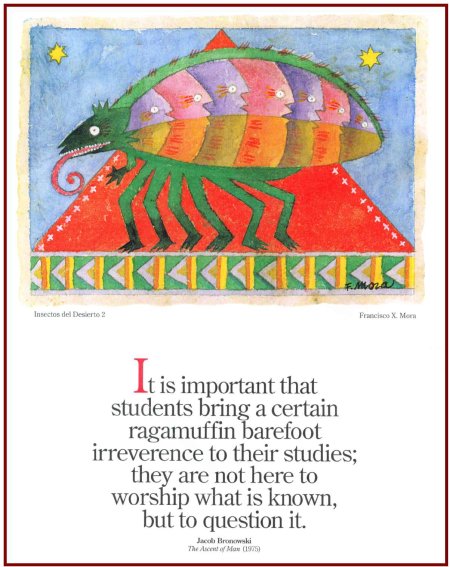Effects of Helpers on Juvenile Development and Survival in Meerkats
Although breeding success is known to increase with group size in several cooperative mammals, the mechanisms underlying these relationships are uncertain. We show that in wild groups of cooperative meerkats, Suricata suricatta, reductions in the ratio of helpers to pups depress the daily weight gain and growth of pups and the daily weight gain of helpers. Increases in the daily weight gain of pups are associated with heavier weights at independence and at 1 year of age, as well as with improved foraging success as juveniles and higher survival rates through the first year of life. These results suggest that the effects of helpers on the fitness of pups extend beyond weaning and that helpers may gain direct as well as indirect benefits by feeding pups.
Clutton-Brock et al. (2001)
Science 28 September 2001:
Vol. 293. no. 5539, pp. 2446 - 2449
DOI: 10.1126/science.1061274
Large Animal Research Group at Cambridge University






